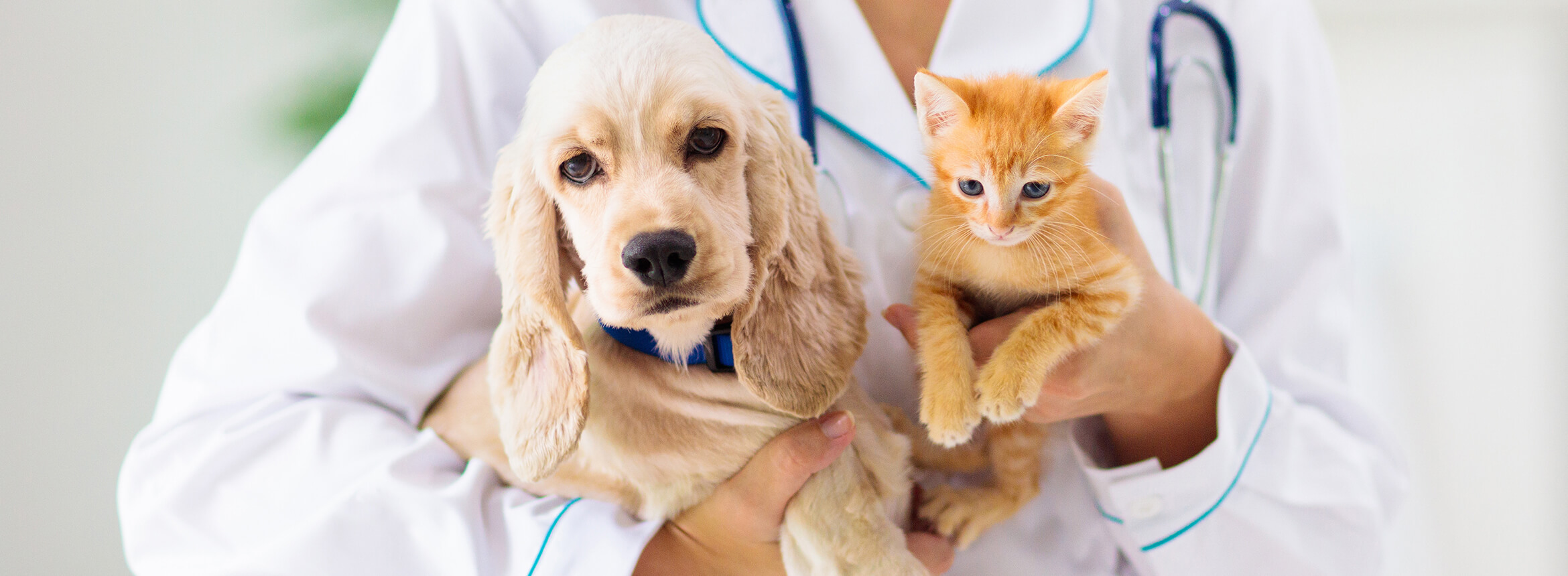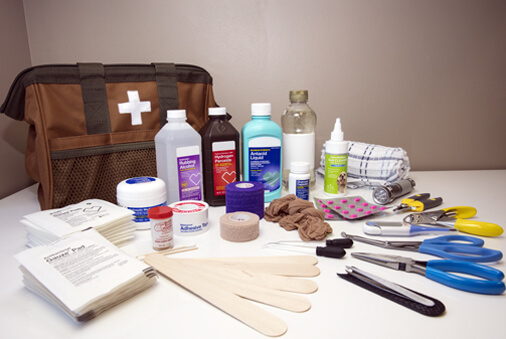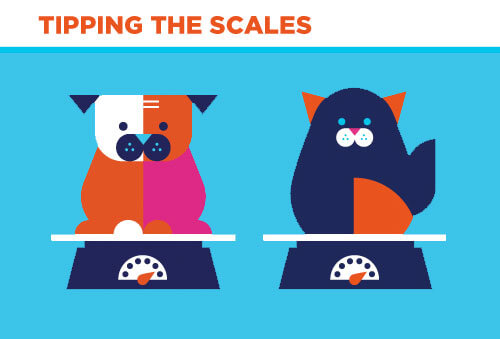Use this guide as a reference for the kind of care your pet will need before and after surgery and how to be prepared every step of the way.
Before Scheduling, Make This Call
Ask your veterinarian what vaccines are recommended based on factors like age and if any are required based on local laws or regional requirements. Do that ahead of time, as some vaccines might need to be scheduled before your pet is able to have surgery.
Inside (Not) Out
The night before, keep your pet indoors and away from potential temptations. Eating any food or unknown object could create a risky situation during surgery.
The Food & Water Cutoff
Get guidance from your veterinarian on this one. And when your pet looks at you, longingly, while you eat or drink (as if that’s any different from any other time), just blame it on the doc!
One Round-Trip Ticket
Make sure you have a carrier for your cat or a leash for your dog. For other specifics about the drop-off and pick-up procedure — which will likely involve multiple steps — reach out to your pet’s surgical clinic.
Don’t Let the Dog Eat This Homework
Ask the clinic if any paperwork is available online or via email, so you can fill it out in advance. Find out what other documentation you’ll need to provide in person when you drop off your pet.
Post-Surgical Food & Water
Ask your veterinarian when to give food and water to your pet. Don’t give your pet any people food or table scraps, or make any dietary changes during the recovery period, as interactions with food could mask dangerous signs of complications, such a vomiting or diarrhea.
Less Activity Is More
It’s crucial that you limit your pet’s activity for 7 to 10 days after surgery, when preventing the incision from swelling or opening is top priority.
- Avoid strenuous activity like running, jumping, and play
- If you have a smaller pet, carry them up and down the stairs
- Walk your dog on a leash, even for bathroom breaks
Calm, Comfortable, Quiet
When you can’t be there to supervise your pet’s recovery, place them in a small room or space until you return. Even your pet’s carrier or crate will work if they are able to stand up and turn around inside. Cats prefer being in small, quiet places to recover, like your bathroom, so you can check on their progress while they feel safe and hidden away. Your cat may try to hide, so keep exit opportunities blocked off.
The Incision
Checking on the incision and knowing what to look for are specific to gender and your pet’s individual needs, so follow guidance from your veterinarian. If your dog or cat needs a recovery collar, please make sure they wear it as advised.
Complications
While spaying and neutering are generally very safe surgeries, complications can occur. There are minimal side effects that should resolve in days and others that indicate you should contact your veterinarian immediately — they’ll let you know what the red flags are.
While this process is no walk in the park, remember that you are doing a wonderful thing for your best friend.






